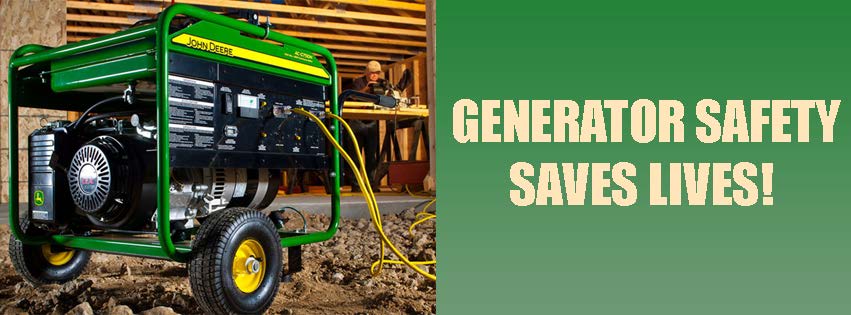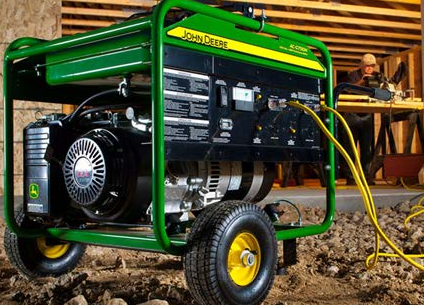Image

- Do you have a portable or whole-house generator?
- Did a certified electrician install it?
- Does it have a double-pole, double-throw transfer switch?
During major outages, many members without power turn to portable, standby generators to help run heating and cooling systems, to keep food fresh, lights on, and medical equipment operating.
However, if used or installed improperly, generators can prove to be a hazard to you, your home, the general public, and those working to get your power back on.
Electrocution, fire, and carbon monoxide poisoning are all potential consequences of improper generator use.
Contact Adams Electric at 1-800-726-2324 for information on sizing and selecting a generator, or with questions about safe generator installation or operation.
Tips for safe generator operation
- Never plug a portable generator directly into one of your home’s outlets — unless you have had a licensed electrician install a “transfer switch” in your home. If you don’t have a transfer switch, power provided by the generator can “backfeed” along power lines, causing damage to your home’s electrical wiring or maybe even destroying the generator when power returns.
- For stationary generators that are permanently installed, a licensed electrician will need to install a “transfer switch” that complies with the National Electric Code. The switch safely cuts electricity to the power lines either automatically or manually.
- Generators create carbon monoxide, which is odorless and invisible, and the fumes can quickly become deadly. If you use a generator, consider installing a carbon monoxide alarm (with battery backup) in your home, especially in sleeping areas.
- Generators must be operated outdoors and at a safe distance from your home’s windows, doors, and vents — more than 15 feet is suggested.
- Connect individual appliances into the receptacle outlets on the generator using heavy-duty, outdoor-rated extension cords. Make sure the cords have a grounded, three-pronged plug, and are in good condition.
- Shut off the generator before refueling.
- There should be nothing plugged into the generator when you start it. This prevents a surge from damaging your generator and/or appliances and equipment.

